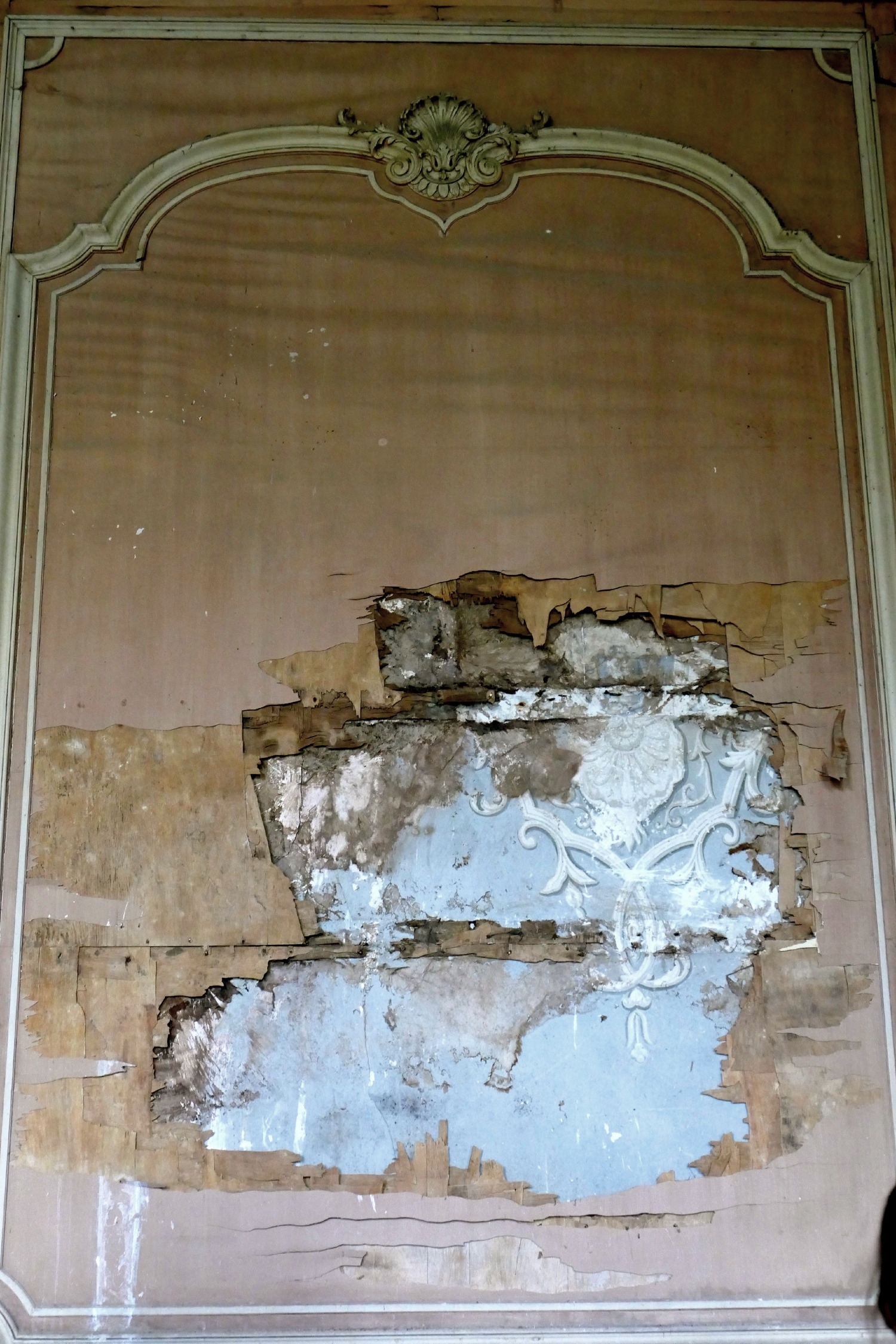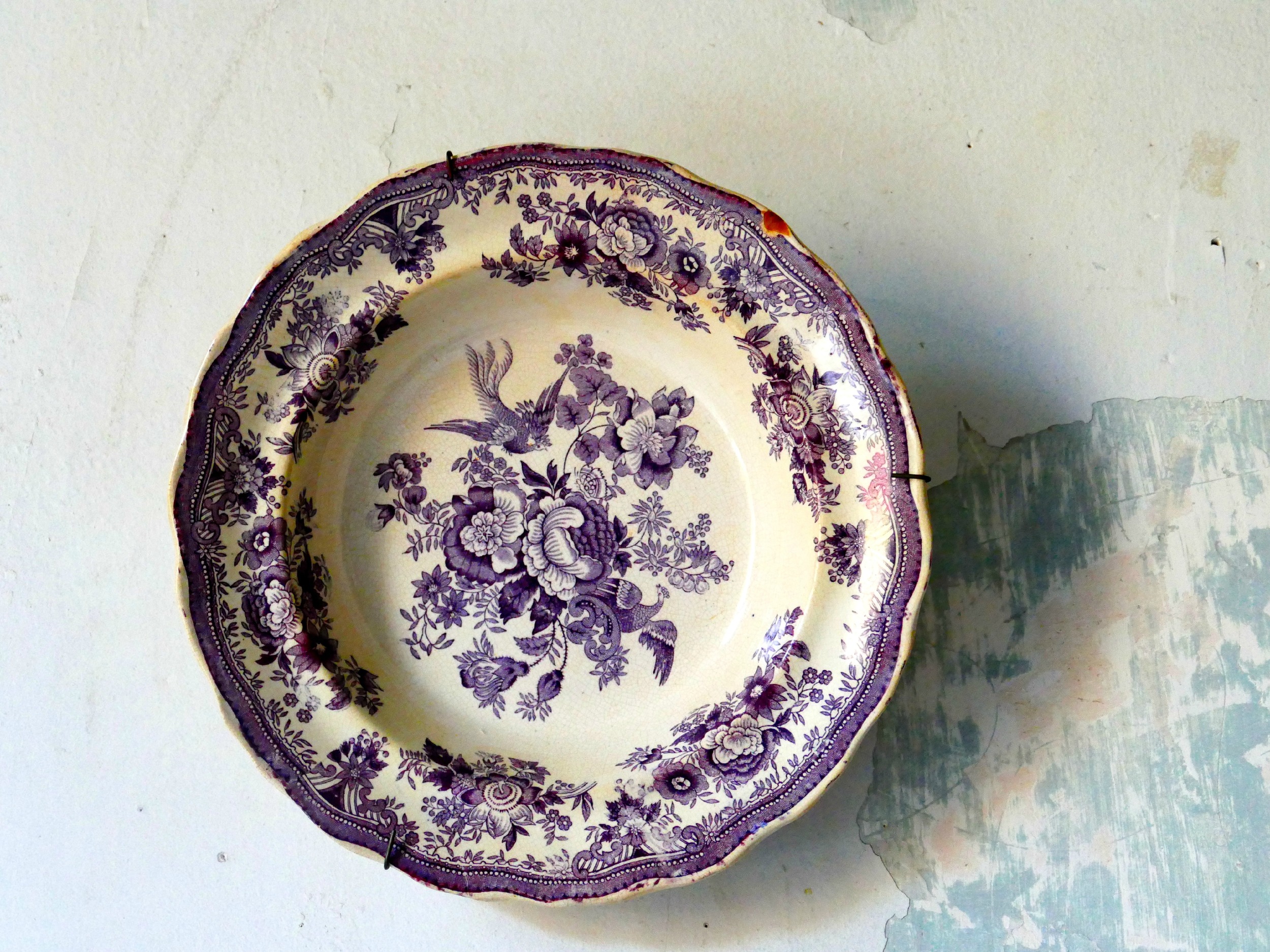Yesterday, Expedia.com.au shared an interview about the Château.
You can check out the post at - http://blog.expedia.com.au/blog-to-watch-chateau-de-gudanes/
The interview was titled "Blog to Watch: Château de Gudanes". The upbeat article was not only about the journey of restoring the Château, but also about our travel experiences and adventures both inside and outside the project. It included info on how we travel to the Château, how often we travel, Château business in Paris, lots of travel trips, such as where to stay in Paris and Australia, and some of our best travel experiences to date.
There are also lots of photos of the Château, and some new photos that I took whilst in Paris for a few days a couple of weeks back (like the one of the Jardin des Tuileries below). So if you visit the link be sure to click on "View Gallery" on the top left of the page above the title.
Our thanks goes out to both Lisa and Deb. Lisa is the Expedia Blog Editor and she conducted the interview. Over the past eight years Lisa has been travelling the world writing for Australia's leading newspapers, magazine and blogs! Deb is a social media expert from Orange Line (http://www.orangeline.com.au), a company specialising in online marketing. Deb contacted us to ask if we would like to do an interview, and organised it when we said yes. The interview wouldn't have been possible without her. Our thanks to them both.
À bientôt,
Château de Gudanes.































































